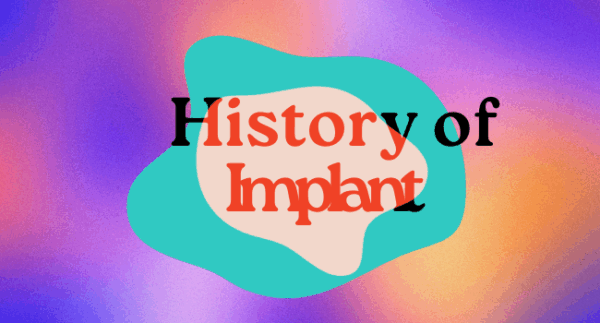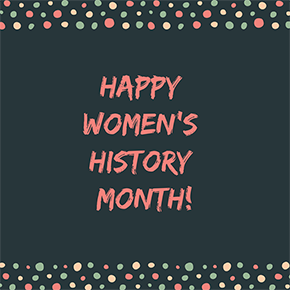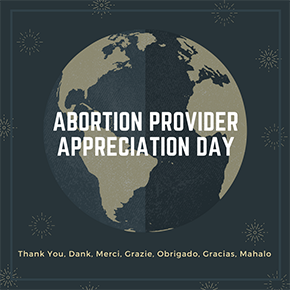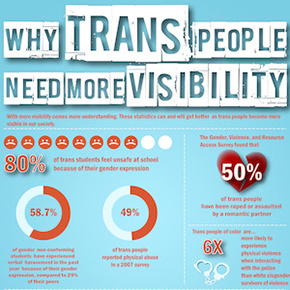Aug 14

Help Us Protect Access to Sexual and Reproductive Health Care Today!
 International Women’s Day was first observed in 1911 as the industrial revolution heightened and women were being more vocal about the oppression and inequalities that they were facing in society. Observed on March 8th every year, it took 70 years before Congress authorized President Carter to recognize the entire week of March 8th as “Women’s History Week.” Six years later, thanks to the National Women’s History Project’s lobbying efforts, the US administration finally recognized the entirety of March to honor the accomplishments and contributions that women have provided throughout American history.
International Women’s Day was first observed in 1911 as the industrial revolution heightened and women were being more vocal about the oppression and inequalities that they were facing in society. Observed on March 8th every year, it took 70 years before Congress authorized President Carter to recognize the entire week of March 8th as “Women’s History Week.” Six years later, thanks to the National Women’s History Project’s lobbying efforts, the US administration finally recognized the entirety of March to honor the accomplishments and contributions that women have provided throughout American history.
Throughout the next five Fridays, the Reproductive Health Access Project will be posting blogs on our social media that illustrate individuals and moments in women’s history where discrimination and other marginalizing factors directly or indirectly impacted their reproductive rights. Stay tuned as we go a little more in depth about events that are well known, such as the Triangle Shirtwaist Factory Fire, and lesser known moments such as the 1875 Page Act that barred Chinese women from immigrating to the United States. We are so grateful for all the cis and trans women of all racial and gender identities throughout history who have been working towards a more inclusive society, and we know the fight only continues from here!
 In response to a call for more advocacy post-election and post-Women’s March, we have created a new page on the website under the “Get Involved” section–“Mobilize.” This page will serve as a resource for RHAP’s supporters to engage in advocacy in various ways. The “Active Campaigns” section lists actions our allies are organizing at the national level and the work our Network and Clusters are doing at their local and state levels to protect and expand reproductive health access.
In response to a call for more advocacy post-election and post-Women’s March, we have created a new page on the website under the “Get Involved” section–“Mobilize.” This page will serve as a resource for RHAP’s supporters to engage in advocacy in various ways. The “Active Campaigns” section lists actions our allies are organizing at the national level and the work our Network and Clusters are doing at their local and state levels to protect and expand reproductive health access.
Learn about upcoming lobby days and pending legislation, as well as ways to volunteer and join our clinician Network. We will keep adding to and updating this page as we hear of more events and opportunities. From calling your Congress members and sending postcards to standing up against discrimination and hate, the movement for reproductive justice and health access will need everyone’s involvement.
 On March 10, 1993, Dr. David Gunn was murdered by an anti-abortion extremist. Three years later to honor his life and work, the 10th of March became the National Day of Appreciation for Abortion Providers.
On March 10, 1993, Dr. David Gunn was murdered by an anti-abortion extremist. Three years later to honor his life and work, the 10th of March became the National Day of Appreciation for Abortion Providers.
Every day, we are thankful and honored that abortion providers all over the country put their lives at risk to provide comprehensive health care.
Abortion providers are faced with threats of violence against them and their families, aggressive legislative limitations, and emotional harassment. These are just a few of the intimidation tactics that are used to deter clinicians from providing full- spectrum patient centered health care. We at RHAP are fortunate to work with caring, intelligent, and selfless providers from all over the country.
In honor of this upcoming Appreciation Day, we are raising funds to provide primary care clinicians with training, equipment, and supplies so they can provide abortion care in their communities. A generous donor has pledged to match all donations we receive until March 10th. Make a donation in solidarity of clinicians all over the country!
We are also collecting your thoughts of gratitude to send to abortion providers in the US. We invite you to use this form to share your messages with us – Tell us why you appreciate abortion providers. We’ll then translate your messages into postcards and mail them to abortion providers and share your stories anonymously on social media. Your kind words will provide encouragement during these very difficult times!
 March 31st is Transgender Day of Visibility. This is a day of empowerment, a day to bring attention to the trans people around the world, and to spread knowledge of the trans community.
March 31st is Transgender Day of Visibility. This is a day of empowerment, a day to bring attention to the trans people around the world, and to spread knowledge of the trans community.
In honor of Transgender Day of Visibility, we are sharing with you our guide to clinicians on providing contraceptive care for LGBT patients. This Contraceptive Pearl (our monthly clinical publication) was originally published in July 2015. Like all of our Contraceptive Pearls, it is short and to the point, providing clinicians with practical evidence-based, patient-centered information they can use when caring for their patients.
Contraceptive Care for LGBT Patients
When providing contraceptive counseling to lesbian, gay, bisexual, and transgender patients, providers should take care to establish rapport and use patients’ preferred name and gender pronoun. Especially for transgender patients, ask the patient how they would prefer to refer to their body parts, and use that language.
Reproductive health care should focus on behavior rather than identity. Specific sexual behaviors may result in unplanned pregnancy, with no regard for categories/groups. For example, transgender men and transmasculine patients may be able to conceive, even while taking testosterone. The copper IUD or other non-hormonal methods would be good contraceptive options for patients who are on testosterone.
Adolescents who have sex with both sexes have higher rates of unplanned pregnancy than peers who have sex only with the opposite sex. Teens who have sex with same-sex partners may not identify as gay/lesbian. The discordance between identity and behavior declines somewhat with age. Providers should avoid making assumptions based on identity and instead, focus on patients’ specific needs, as determined by their behavior.
Access this Contraceptive Pearl online (including citations and resources) or explore other Contraceptive Pearls on our website.
Your gift allows us to train and support health care providers across the United States so they can offer patients compassionate and comprehensive care.
Aug 14
